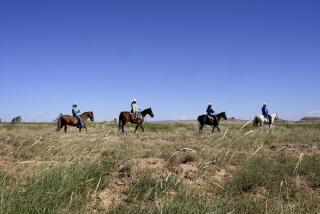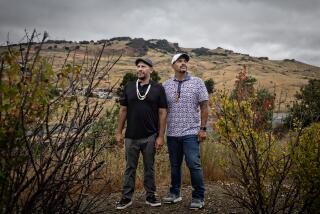Telecom Act Going Cellular on Reservations
PHOENIX — About 30,000 cellular phones are being distributed free to those living on Indian reservations in Arizona and New Mexico.
The Telecommunications Act of 1996, which was designed to provide reasonably priced phone access to all Americans, has focused in the past on building land lines. This is the first time money from the federal program has been used for a wireless project, an Arizona newspaper reported.
Just 47% of those living on Indian reservations have phone services. On the Ft. Apache Indian Reservation, home to the White Mountain Apache Tribe in east-central Arizona, only 20% have service. Building land lines isn’t always feasible.
“We have 13,000 people over 1.6 million acres,” said Dallas Massey Sr., chairman of the White Mountain Apache Tribe. “And there’s all our mountains, canyons and valleys.”
Nokia will donate 30,000 cellular phones worth $2.3 million to residents of the Ft. Apache, Navajo, Hopi and Zuni reservations, spokesman Keith Nowak told the Arizona Republic.
Service will cost $1 a month for 25 months through Cellular One. After that, the program will continue at a discounted rate yet to be determined, Nowak said.
The federal government will pay Cellular One $20 a month for each user. Nokia receives no reimbursement, though both companies gain visibility.
Massey said the phones are essential for emergencies on his reservations and that every member of the tribal police force now has one.
“And a lot of our people are elderly, and they are not healthy,” he said. “They stay at home by themselves and they need to be able to call their brother, sister or grandchildren for help. But many of them couldn’t afford the phones.
“We are very appreciative.”
Cellular One already has 20 cellular towers on the reservations: 12 on the Navajo, one on the Hopi, three on the Zuni and four on the Ft. Apache, said Richard Watkins, the company’s chief operating officer. Each tower costs $250,000 to $300,000.
The company plans to convert them from analog to digital late next year, which will allow data transmission and wireless Internet access.
More to Read
Sign up for Essential California
The most important California stories and recommendations in your inbox every morning.
You may occasionally receive promotional content from the Los Angeles Times.










